Gardening is more than just a pastime; it’s a way to connect with nature, get outdoors, and nourish not only the plants in your care, but also your own sense of well-being. For first-time gardeners, starting your own gardening in backyard can be both exciting and a bit overwhelming. Without so much information, it’s hard to know how to start a garden in backyard. Don’t worry! This comprehensive guide breaks down the process into simple steps, guiding you through every stage of creating a thriving and beautiful home garden. Let’s read the article backyard gardening ideas to transform outdoor space.
How to Start Gardening in Backyard: Step by step Guidelines
Whether you want to grow fresh produce, beautify your property, or connect with nature, this guide will give you the knowledge and skills to make your gardening dreams come true.
“This article contains affiliate links. I might get commissions from those links if you click through the link and finalize a purchase. Please read Disclosure section for more information.”
How to Start a Garden in Backyard
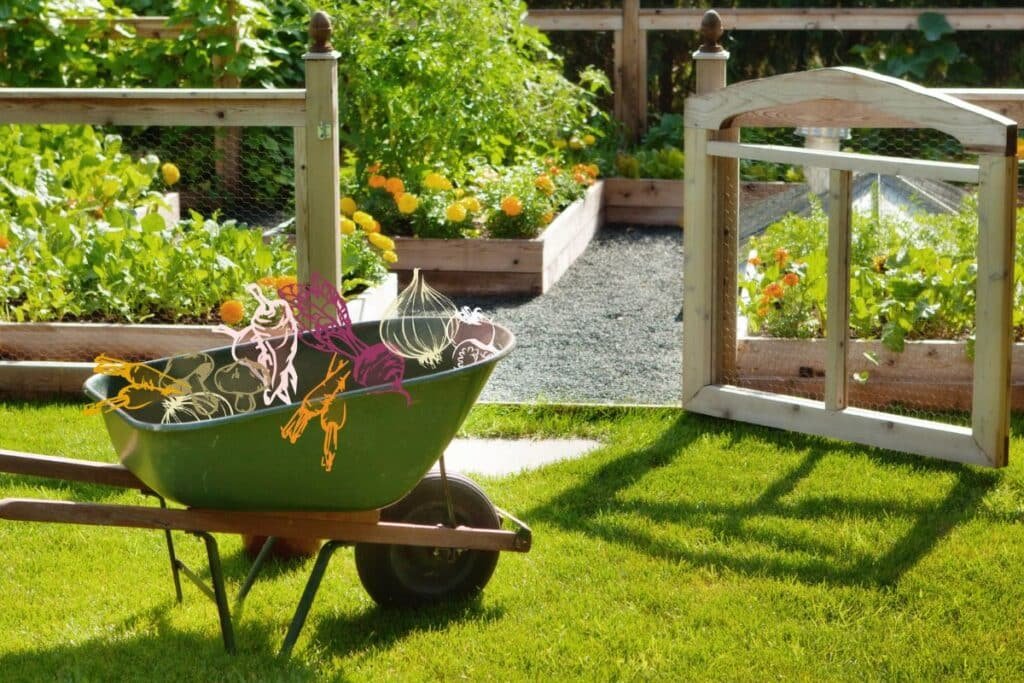
Before we dig into the nitty-gritty of gardening techniques and seasonal care, it’s important to understand the foundational concepts of gardening. Your garden is a living ecosystem, and like any ecosystem, balance is key. This means choosing the right plants for your climate and soil, giving them the necessary care (and a little love), and respecting the environment around them. This guide will show you not just how to start a garden in backyard but how to create and maintain a sustainable oasis for you and your local ecosystem.
Chapter 1: Introduction to Home Gardening
Welcome to the world of home gardening! In this chapter, we’ll explore the many benefits of gardening and get you inspired backyard gardening ideas to venture into the greenery.
Why Garden at Home?
Home gardening has a myriad of benefits. It’s a therapeutic activity that can reduce stress and improve mental health. Growing your own food can provide a sense of self-sufficiency and the joy of eating my delicious, nutritious home-grown produce. It’s also an opportunity to educate children about where their food comes from and instill a love of nature.
How to Start a Garden in Backyard?
Understanding how plants grow and what they need can demystify the process. Plants need several key elements to grow:
- Water is fundamental for all life processes. It helps maintain the plant’s structure, carries nutrients, and supports photosynthesis.
- Sunlight provides energy for photosynthesis, the process through which plants make their food.
- Air is necessary for respiration, where plants convert stored sugars back into energy.
- Nutrients, which can be found in the soil or added through fertilization, are vital to a plant’s growth. These include macronutrients like nitrogen, phosphorus, and potassium, as well as micronutrients such as copper and zinc.
By ensuring your garden provides these essentials, you’re well on your way to success.
Chapter 2: Getting Started
One of the first hurdles new gardeners face is choosing the right plants. Here we’ll discuss how to select plants that will thrive in your garden environment and show you how to plan your space with backyard gardening ideas.
Understanding Your Hardiness Zone
Your hardiness zone is the geographic area defined by a certain range of temperatures. It’s the first thing to consider when choosing plants, as not all plants can withstand your local temperature and climate. The United States and Canada are divided into 13 zones, from coldest (1) to warmest (13).
Assessing Your Garden Space
Inspect your potential garden space and consider the following:
- Sunlight: What areas receive the most sunlight? Each plant has its own ‘sun requirements’, so this is a key factor in plant placement.
- Size: How much space do you have available? Don’t overestimate – a small garden can produce an abundance of plants!
- Access to water: Your plants will need a consistent water source, so ensure your garden is located near a hose or water collection point.
By understanding your zone and space, you’ll be able to create a garden tailored to your environment and resources.
Chapter 3: Essential Tools and Materials Gardening In Backyard
Just as a painter needs brushes and canvas, a gardener relies on certain tools to craft their masterpiece. Here, we’ll cover the basic tools you’ll need and the merits of each.
Garden Tools Every Beginner Needs
A few essential tools can get you started:
- Gloves: Protect your hands from thorns, dirt, and blisters. Gardening gloves are very cheap in amazon. I am using this gardening gloves for my house. You can try this one- Gardening Gloves, 2 Pairs for Weeding Landscaping, Outside Work Gloves for Lawn Yard. You can get good quality gloves within 8 to 20 dollars from amazon.
- Trowel: A small shovel for digging and planting. You can buy good quality trowel from amazon. You can buy this Garden Hand Shovel from amazon only $10. If you like to buy trowel sets, that is also very cheap. I brought this 8 Piece Steel Gardening Tool Sets from amazon only $25. This set includes a large trowel, small trowel, cultivator, hand rake, weeder, pruning shears to keep them all organized. You can buy this tool set in a discount price.
- Pruners: For cutting stems, branches, or unwanted growth. Pruning is like giving your trees and shrubs a haircut. It improves their look and enhances the appearance of your landscape. I use 3 Pack Garden Pruning tools for my garden. You can buy this tool from amazon only $10. Some of my friends use 5 pack Garden Pruning Blades for their garden. You will get gloves free with this tool.
- Watering can or hose: To provide life-giving water to your plants. I use Garden Hose 5/8 in. x 25 ft for my garden. This garden hose is very light weight to handle. You can buy 3ft to 75 ft hose from amazon as per your gardening needs. You can also look 4 Layer Leakproof Outdoor Gardening hose and 100 FT Garden Hose Expandable for your garden.
Selecting Quality Materials
Quality materials can make a big difference in your gardening experience. Invest in sturdy tools that feel comfortable and well-balanced in your hands. Use natural and organic materials like mulch, compost, and manure to nourish your soil and plants, and avoid using harmful chemical fertilizers that can damage ecosystems.
Chapter 4: Soil and Composting
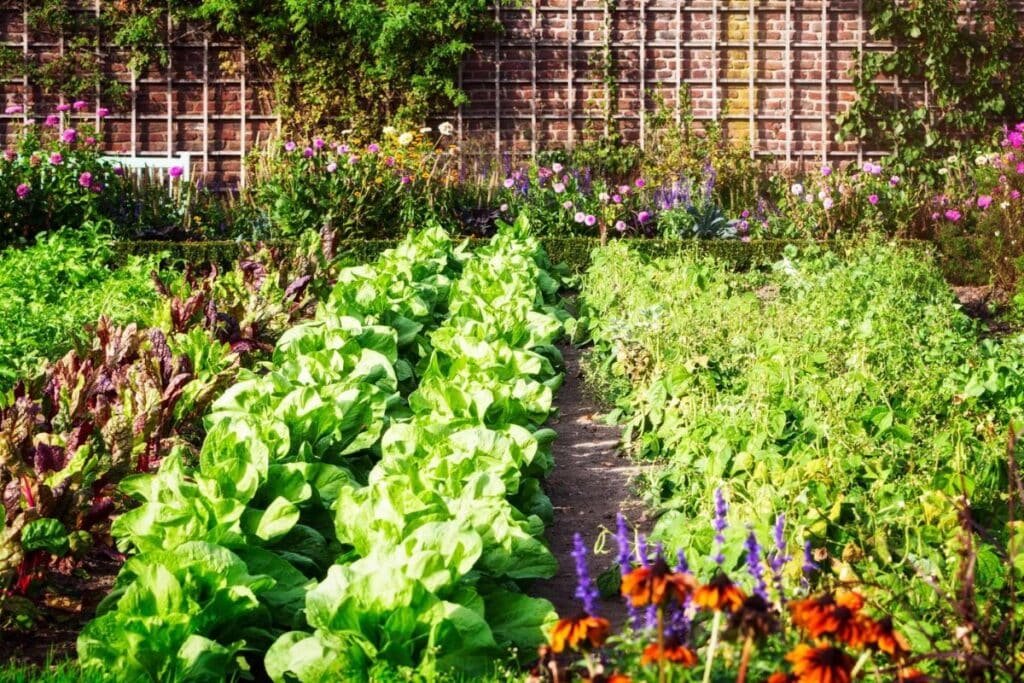
Good soil is the foundation of a successful garden. We’ll talk about the different types of soil, how to improve it, and the benefits of composting.
Understanding Your Soil
There are several types of soil, including clay, sand, silt, and loam. Each has its own properties and cultivates different types of plants more effectively. The ideal garden soil is loamy soil, which is a mixture of sand, silt, and clay. I use All-Natural Potting Mix for All Indoor & Outdoor Containers Including Herbs & Vegetables for my garden. Its only $14. Before I used black gold purpose soil for plants. This is very good fertilizer for the starting. That is a multipurpose, nutrient rich mix that’s ideal for all plants.
Read more from our website- How to Choose Curtains for My Home?
Composting
Compost is decomposed organic material that provides nutrients to your soil. Composting can be as simple as collecting kitchen scraps, leaves, and yard waste in a compost bin and allowing them to decompose over time. It’s a cost-effective way to enrich your soil and reduce household waste. I use Jobes organics compost starter for my garden. This starter is very good and should be used every 4-6 weeks or as needed. It provides vegetables, plants, and flowers nutrients they need for a high yield and rich green production.
- Organic compost starter speeds up the composting process and is ideal for outdoor compost piles
- Compost accelerator is formulated with a 4-4-2 NPK to provide vegetables, plants, and flowers nutrients they need for a …
- Jobe’s organic compost starter contains no synthetic chemicals and is OMRI listed for organic gardening by the USDA
By understanding and improving your soil, you’ll set the stage for a thriving garden.
Chapter 5: Watering and Sunlight Backyard Gardening Ideas
Consistent watering and appropriate sunlight are critical to plant health. This section will help you understand how to provide these two vital ingredients effectively.
The Watering Principle
Water your plants deeply but less frequently. This encourages deep root growth and helps plants withstand dry spells. I use watering can for outdoor plants. A long spout watering can easily reach distant plants. It lets you control the water flow, directing it exactly where needed so every part of the plant absorbs the water fully. Here is some other links for buying watering cans- Metal Watering Can with Removable Spout for Indoor and Outdoor Plants, 3 Gallon Indoor Outdoor Water Gallon Shower for Plants.
- PRODUCT DETAILS: GARDENERS SUPPLY EXCLUSIVE Heavy Duty Watering Can. Made from a lightweight yet indestructible polyethy…
- BEST USE FOR: Indoor and Outdoor Gardening use. Save your precious time with fewer trips back and forth from faucet to g…
- HIGH QUALITY: Made in France. Our exclusive watering can is built to last. Engineered and designed using tough quality p…
- [A THOUGHTFUL ASSISTANT FOR GARDENING LOVERS]-Compared with most of the large watering can on the market, our watering c…
- [DIFFERENT WATERING MODES FOR BETTER PLANT CARE]-The newly upgraded detachable stainless steel shower head allows water …
- [PRECISE WATERING, WATERING FLOWERS WITHOUT WORRY]-Plant watering can has a removable long spout, easy to carry and stor…
- 【1 Gallon Metal Watering Can】Ideal for a variety of indoor or outdoor watering task
- 【Removable Water Spout】Just move the spout head and water your small houseplants or succulents with a straight spout
- 【Dural and Recycle Material】Made of galvanized steel, sturdy, anti-rust and recyclable
Sunlight and Plant Health
Plants need different levels of sunlight. Some thrive in full, direct sunlight, while others prefer partial shade or diffuse light.
By mastering watering and sunlight, you’ll be able to create the optimal growing conditions for your garden.
Chapter 6: Common Pests and Diseases
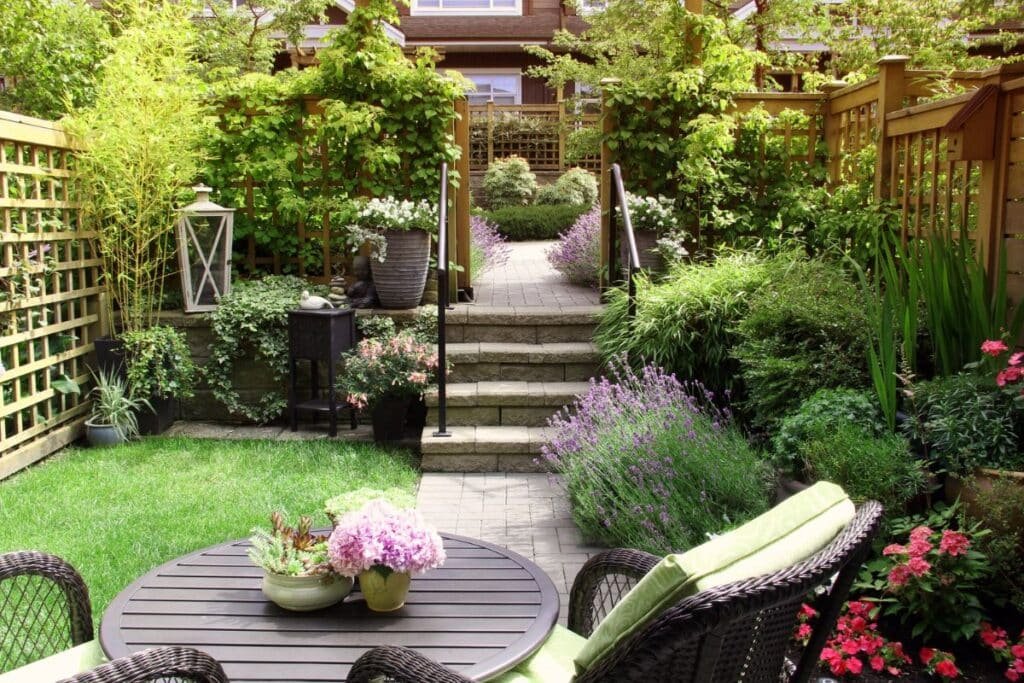
All gardeners will face pests and diseases, but it’s how you deal with them that matters. This chapter will teach you how to prevent and manage common garden nuisances.
Natural Pest Control Methods
Many effective pest control methods are natural and safe for the environment. Examples include introducing beneficial insects like ladybugs or using insecticidal soap. Different types of insecticidal soaps are available in the market. I use BioAdvance Organics Brand Tomato, Vegetable & Fruit for Insects for my garden. This oil is designed to kill insects fast for indoor plants and ornamental shrubs.
- KILLS LISTED INSECTS FAST: Kills on contact to protect your edibles against Aphids, Caterpillars, Mealybugs, Spider Mite…
- CURATIVE CONTROL: Cures powdery mildew
- USE ON: Use to protect edibles such as vegetables, fruit and nut trees, citrus, berries, herbs and outdoor container-gro…
Recognizing Plant Diseases
Understanding the signs and symptoms of plant diseases can help you take action before they spread. Look for wilting, discoloration, or unusual growth patterns in your plants.
By staying vigilant and deploying effective management practices, you can keep your garden healthy and thriving.
Chapter 7: Seasonal Backyard Gardening Ideas
Gardening is a year-round activity, with each season bringing its own tasks and pleasures. This section will provide seasonal tips for spring, summer, fall, and winter. Different plants need different temperature and season. So, we need to be careful which plants we are planting in which season. Suppose if you are planning to plant a tomato tree, we have to keep different things to keep on your mind. You can read our article 10 tips for growing tomatoes in your backyard.
Spring Backyard Gardening Ideas
Spring is a time for growth and renewal. It’s the season to prepare your soil, plant seeds, and watch new life emerge.
Summer Backyard Gardening Ideas
Summer is the season of abundance. Your garden should be in full swing, producing a harvest of fresh fruits and vegetables.
Fall Backyard Gardening Ideas
Fall is the time to start cleaning up your garden, protect your soil from the elements, and possibly plant a winter garden in some climates.
Winter Backyard Gardening Ideas
Even in the colder months, there are gardening tasks to be done, such as planning for the next season, protecting delicate plants, and enjoying the quiet beauty of the winter garden.
By learning what to do in each season backyard gardening ideas, you’ll keep your garden in top shape year-round.
Chapter 8: Creating a Sustainable Garden
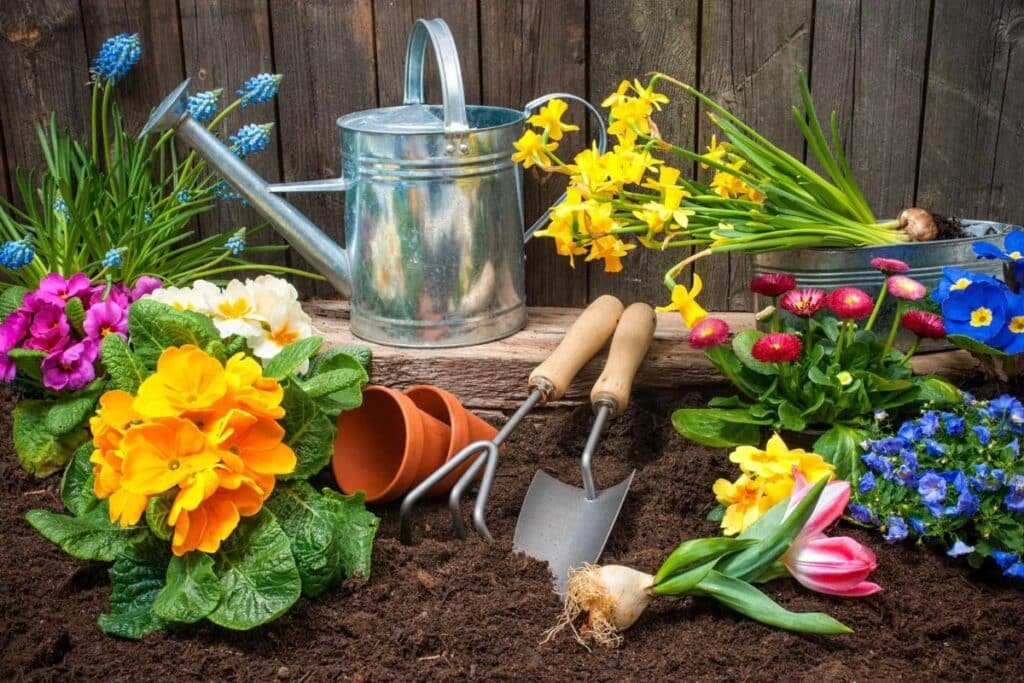
In an increasingly eco-conscious world, sustainable gardening is more important than ever. This chapter will provide you with the tools to create and maintain a garden that respects and supports the natural world.
The Benefits of Sustainable Gardening
Sustainable gardens are not only better for the environment; they also require less maintenance, save water, and can provide a natural habitat for local wildlife.
Eco-Friendly Practices
Implement eco-friendly practices such as water conservation, using native plants, and avoiding pesticides and fertilizers that harm the environment.
Sustainable Plant Choices
When choosing plants for your garden, opt for varieties that are well-suited to your climate and require minimal intervention to thrive.
By making sustainability a priority, your garden can be a model of harmonious coexistence with the natural world.
Your Garden Awaits
There’s a sense of fulfillment that comes with tending a garden from seed to harvest. It’s a practice that teaches patience, adaptability, and reverence for the natural world.
Whether you’re new to gardening or an experienced green thumb, the pursuit of creating a vibrant, thriving garden is a universal one. This guide is just the beginning of backyard gardening ideas. With a little knowledge, preparation, and a love for the land, your home garden has the potential to become much more than just a hobby – it can be a sustainable oasis, a sanctuary for wildlife, and an endless source of joy and nourishment.
Happy gardening!

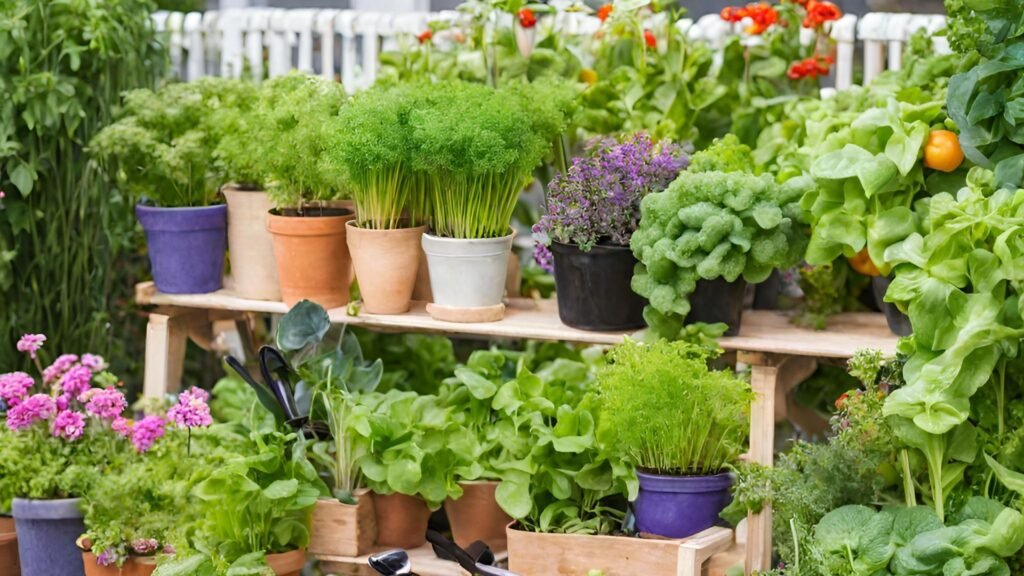











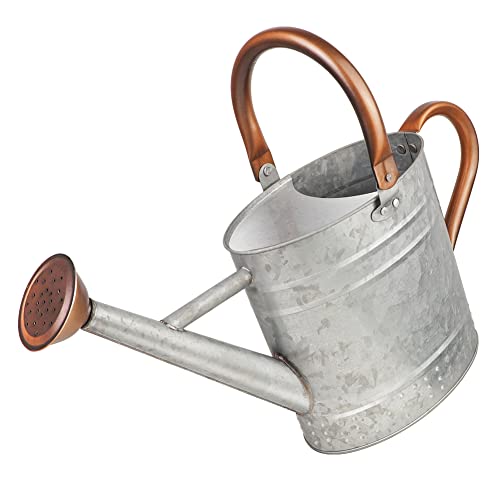

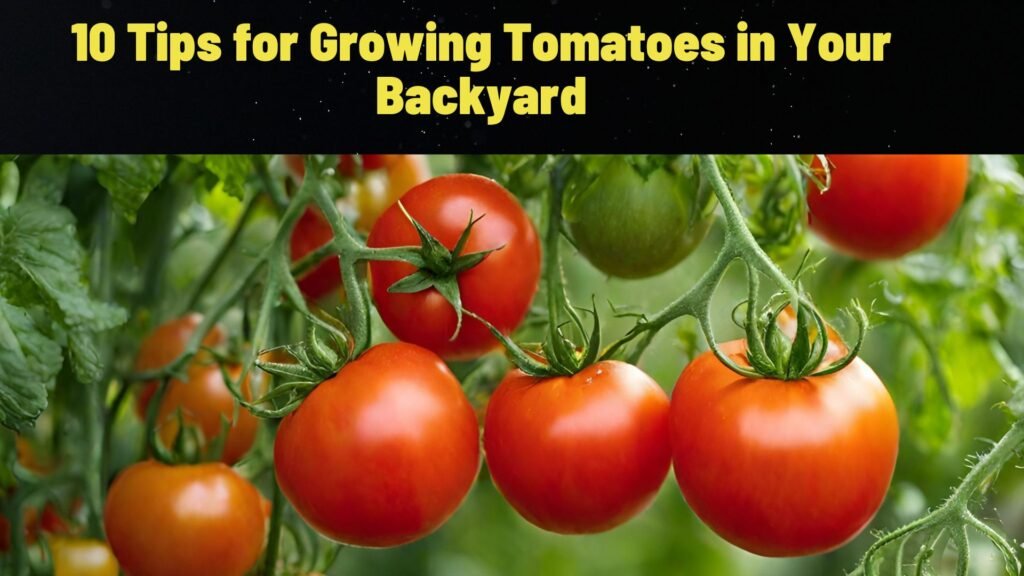
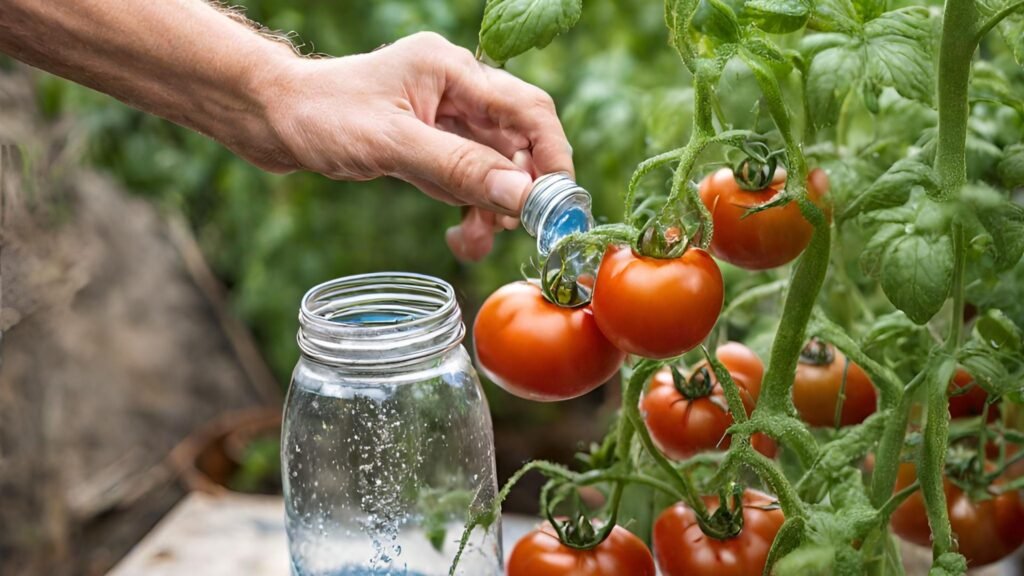
Pingback: How to CHOOSE Curtains for My Home? - Dream Home Heaven